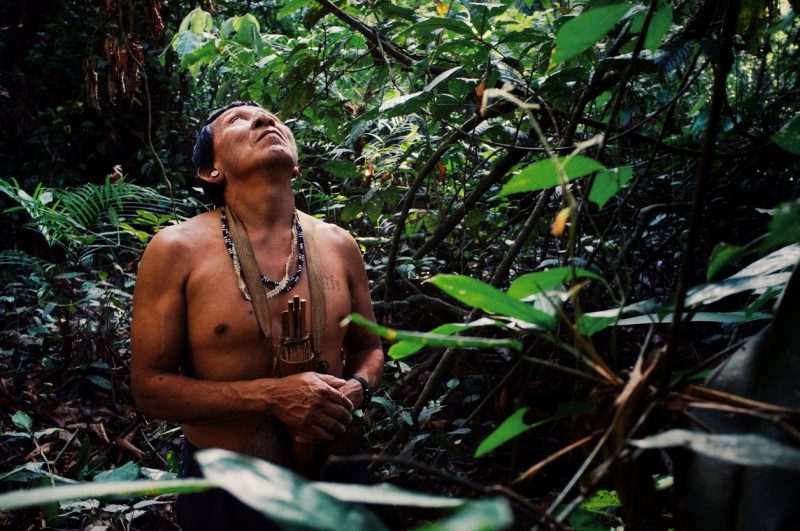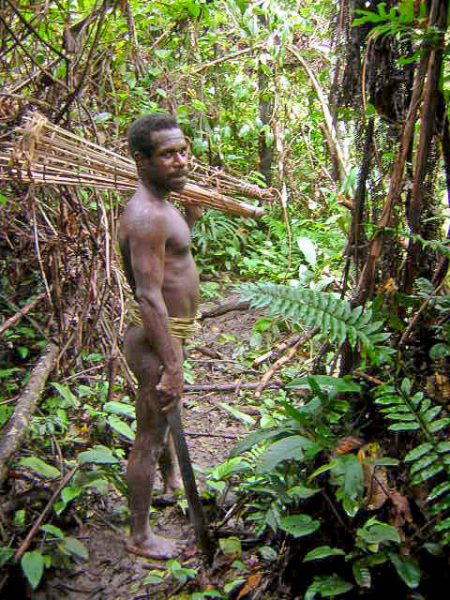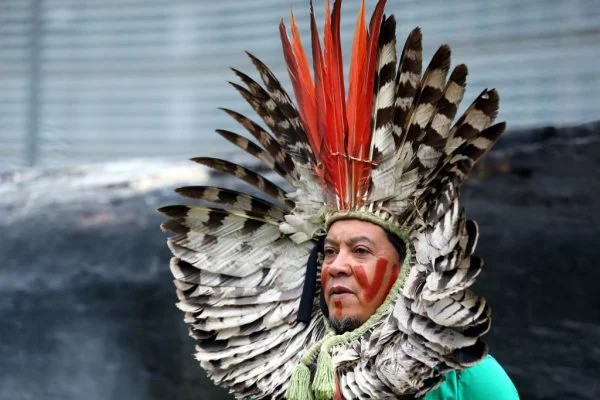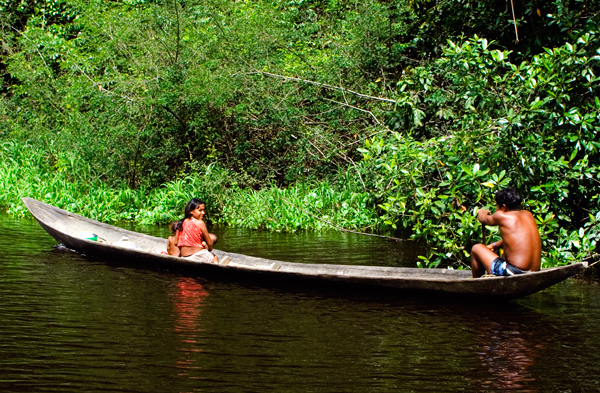South America’s Indigenous People Could be Wiped Out

South America’s Indigenous People: Every country around the globe is dealing with the novel coronavirus, but some countries are implementing policies that go further toward controlling outbreaks than others.
This scattershot approach has meant, unfortunately, that vulnerable populations, in first world and developing nations alike, are particularly susceptible to infection, as measures like social distancing and rampant testing are intermittently imposed, at best.
Consequently, some of those vulnerable populations are taking extra measures to keep their communities safe, as they perceive a failure of leadership from politicians seemingly unable or unwilling to do everything possible to contain the spread of the virus.

In South America, Indigenous communities are taking drastic steps to help ensure their people are as safe as possible, including banning outside visitors and closing borders.
Most recent figures suggest there are more than 8,000 cases of the virus across South America, and there are profound concerns that an outbreak in one or more Indigenous community could literally threaten thousands of lives.
Brazil’s population is approximately 210 million, and as of March 25th, there were more than 2,000 cases of the virus nationwide, and so far the death toll has reached almost 140, as of Sunday March 29th.
However, those numbers are, literally, changing every hour of every day, usually doubling or tripling as the virus takes hold in areas in which it had gone undetected.
Leaders in Indigenous communities say that extreme precautions are necessary to protect their citizens, saying, as one leader put it, “the coronavirus could wipe us out.”
Those were the words spoken recently by Ianucula Kaiabi, an Indigenous leader in Brazil’s Xingu National Park, in an interview with the guardian. The park is home to approximately 6,000 Indigenous people of 16 different tribes.

But also groups in Peru, Ecuador and Columbia have begun erecting blockades to keep people out.
How many people in those countries are asymptomatic carriers is impossible to know, but should Native people come in contact with them, an outbreak in their communities seem almost inevitable.
In these circumstances, it is unfortunate that Brazil’s north borders with Columbia and Venezuela. One of the country’s most vulnerable areas is located there, the Sao Gabriel da Cachoeira, the region’s most Indigenous municipality.
Officials there have instituted complete lock down policies, meaning no air or boat traffic whatsoever for the foreseeable future. Authorities are insisting that folks stay home in all but emergency circumstances.
“It’s an extremely sensitive region,” explained Marivelton Bare, president of the River Negro Indigenous Foundation, to the guardian when describing Cachoeira. In an interview on Monday, March 30, Bare added, “The health system is precarious and we have isolated tribes here.”

One individual who is deeply concerned for all of South America’s Indigenous population is Dr. Sofia Mendoca, a physician who works in the Xingu area.
In an interview with the guardian, Mendoca said, “Right now the biggest issue is stopping this virus from reaching the villages. If this virus gets into the villages, it will cause a huge amount of death.”
And it’s happened before, when large swaths of Native populations were eradicated by illnesses like measles and small pox, which took thousands of lives once they infiltrated these areas.
Mendoca, when speaking with the guardian, did not mince words: “We are talking about a true genocide,” she stated, if the virus seeps across borders and penetrates the villages, in spite of the lock down measures.
It is difficult to imagine the Indigenous people being spared widespread infection, just as all nations around the world have been beset by the virus.
Discovered 25,000-Year-Old Hut Made From Mammoth Bones
Much will depend on various governmental measures implemented in coming days in countries all over South America. For now, at least, Indigenous leaders are taking any and all steps they can to protect their citizens, so many of whom are particularly at risk.
